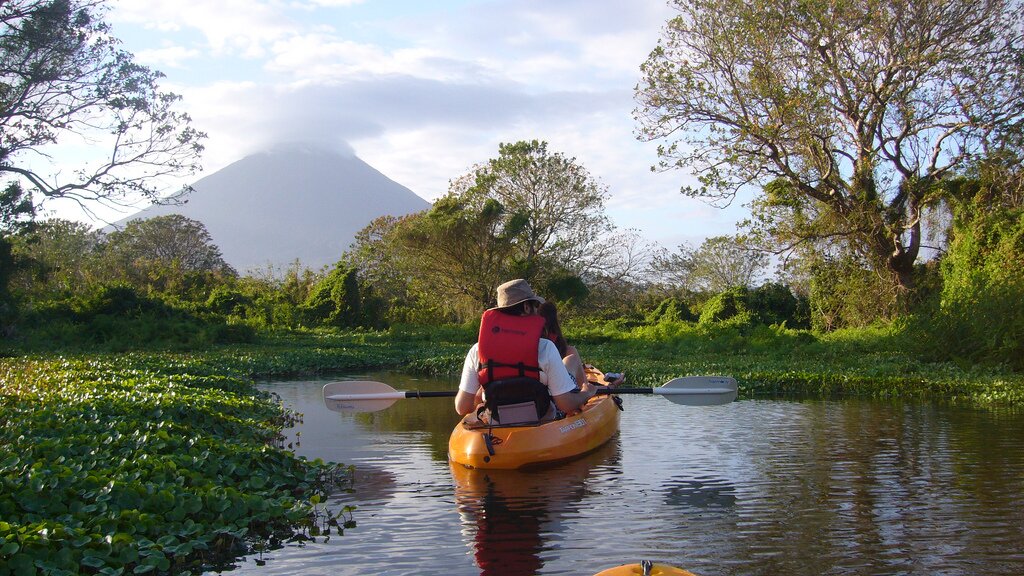
The island of Ometepe is quite a unique place: formed by two twin volcanoes joined by a low isthmus, giving it the shape of an hourglass, it is the largest volcanic island in a freshwater lake in the world.
There are many activities to enjoy in Ometepe: hiking the steep volcanoes, riding motorbikes, visiting waterfalls and eco-farms, swimming in the massive blue lake, and going kayaking along the Istian River– one of the most popular tourist attractions!
Istian is a sanctuary for resident and migratory birds. The river and the swamp are not large, but there are a few different canals to paddle down where you can enjoy being surrounded by rich vegetation and spotting birds, monkeys, turtles, and caimans. During the relaxing ride, you will also be treated to some of the most amazing views of the Maderas and Concepcion volcanos.
This photo is from Totoco Eco Lodge, which helps guests arrange tours on the Istian River.


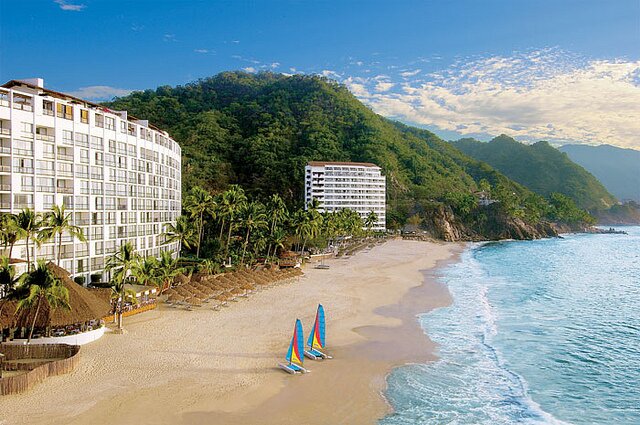
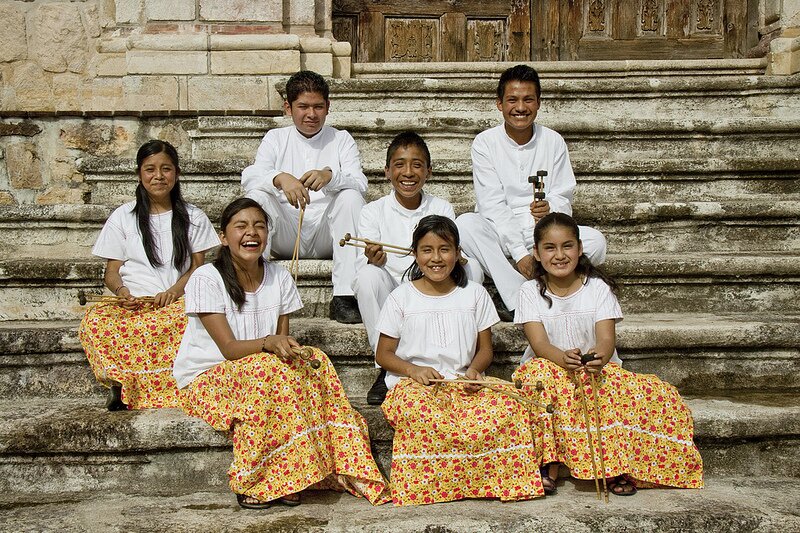
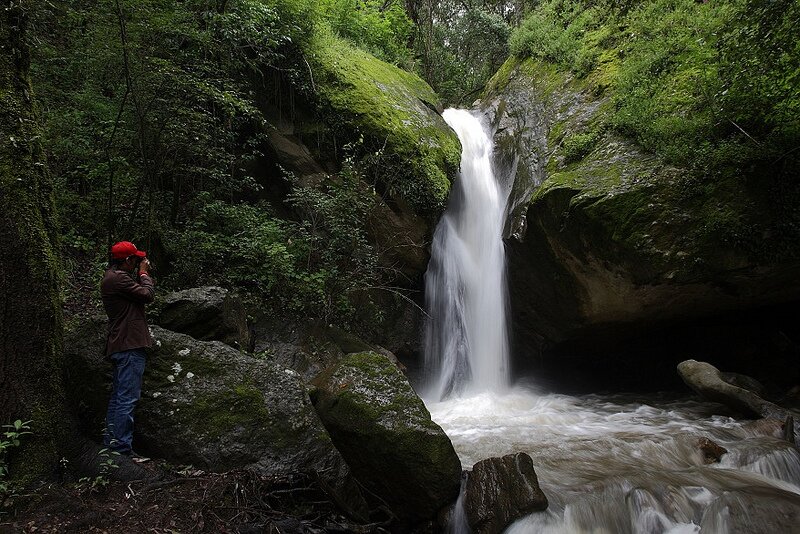


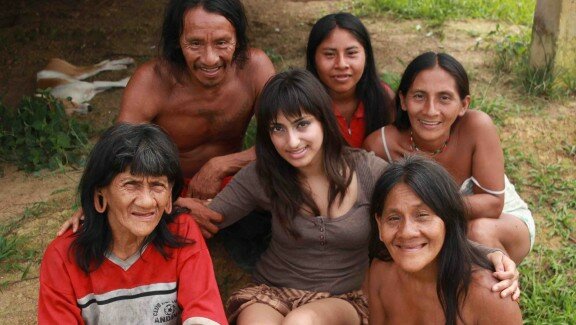

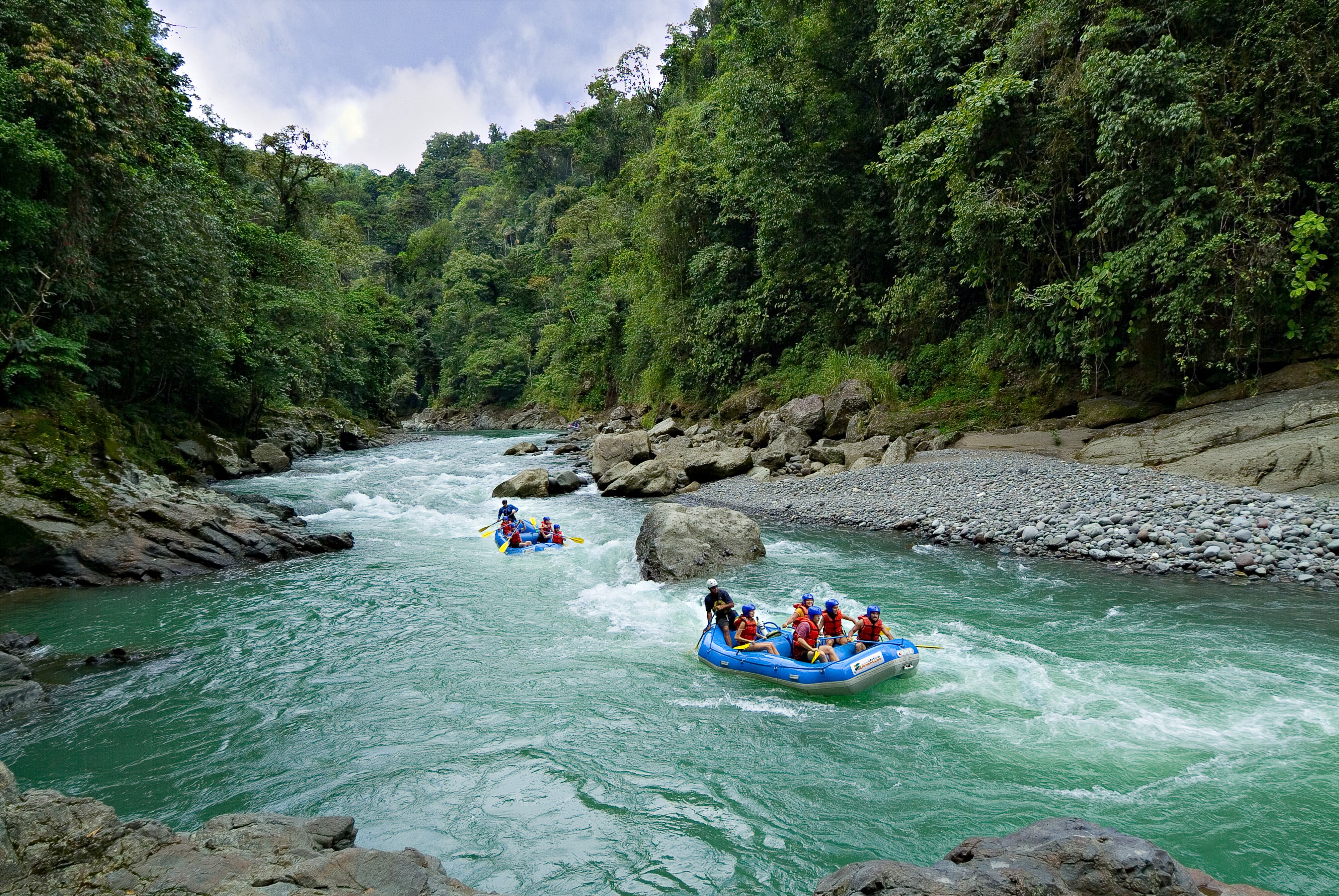
.jpg)
.jpg)
